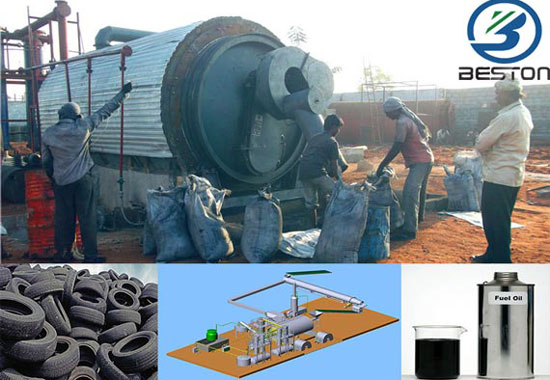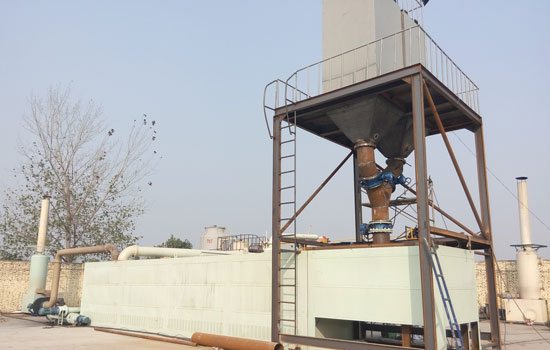The creation and disposal of tyres in the world today has never been at a higher level. More people than ever before are driving. Old tyres are simply thrown into large landfills, buried under the dirt, hoping that at some point they will decompose and not contaminate the groundwater. Unfortunately, this is an inevitability, as the tyres breakdown and pollute the very water that we drink. In order to eliminate these tyres in a much more cost effective manner, offset by the profits that can be made, people are looking into the process of pyrolysis. This article will address the tyre to oil recycling process, how it works, and how anybody that has the capital to invest in this type of business can start to see fast profits.

How This Process Works
The process itself is very simple, yet it does take very specific equipment that is able to maintain high levels of temperature. The tyres are first ground up into small chips, and sent into a pyrolyzer where extreme heat is applied which acts as a separator. At temperatures of right around 500℃, in the absence of oxygen, bio-oil, bio-char and syngas are made. They are separated into different containers and storage tanks where they can then be processed and sold to buyers.
Is This Really Profitable?
The level of profitability that an individual is able to obtain will depend upon the size of the actual facility. For example, when you look at the tyre recycling machinery for sale that is selling on a smaller scale, you are going to pay around $40,000-$50,000. It will also cost you money to purchase a scrap cutting machine which is capable of cutting all of the tyre blocks into small chips. This is the initial stage of the process, and without doing so, pyrolysis is not possible. Once you have everything set up, if you are going to a full scale factory production of bio-oil, for instance, you could be spending hundreds of thousands of dollars. If you have the money to invest, it will most certainly pay for itself if you have an ample supply of tyres that you can use in order to keep up with demand.

Selling The Byproducts
All of the byproducts can be sold, in particular the tire pyrolysis oil which can be sold as a form of diesel oil and also an oil that people purchase for cosmetic purposes. There are individuals that have completely switched over to this form of oil for removing scars on their body, and the elimination of stretch marks, a common concern for women after they have given birth. The market is there for the products that come from pyrolysis, and the cost of creating these factories is diminishing. It may very well be the beginnings of $1 billion industry because of how the demand is for these byproducts and the sheer volume of tyres that are available today.